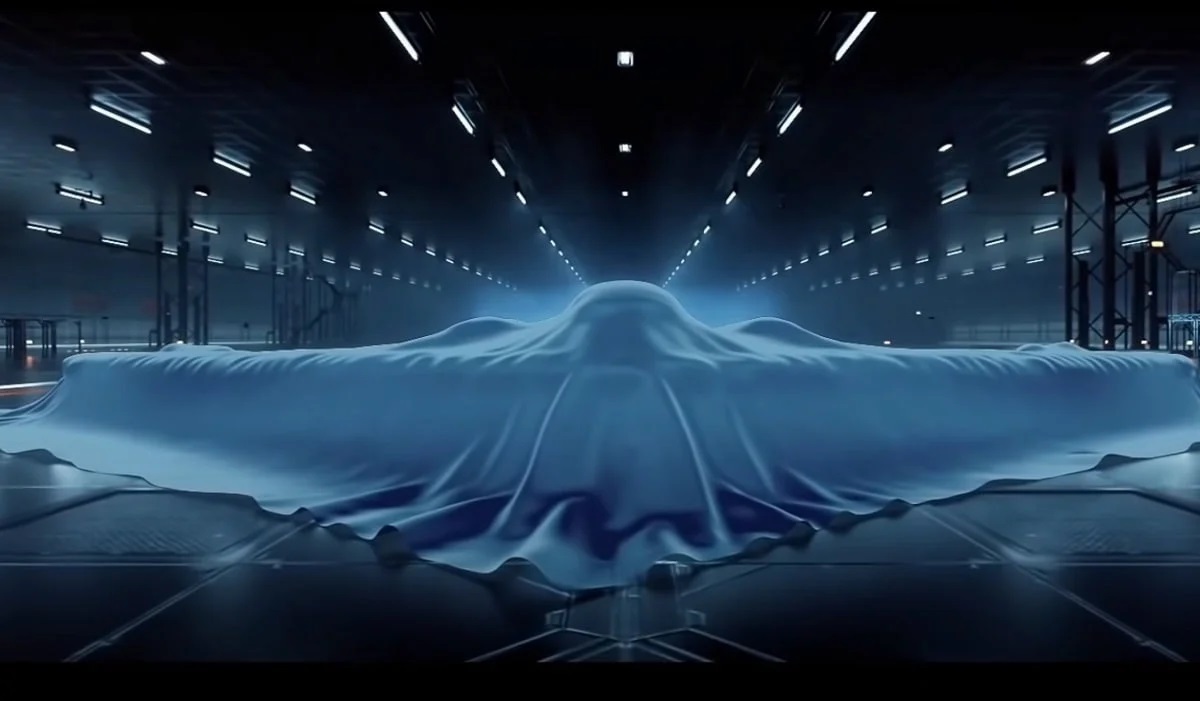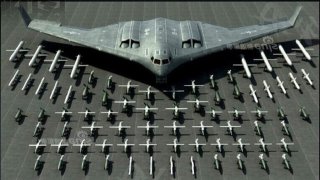China's H-20 Bomber Could Be a Nightmare for the U.S. Military
US intelligence officials claim China's H-20 stealth bomber isn't as advanced as the US's B-21 Raider, citing significant engineering challenges. Despite this, the H-20's potential lies not in matching the B-21's sophistication but in its adequate capabilities and mass production strength.
Summary: US intelligence officials claim China's H-20 stealth bomber isn't as advanced as the US's B-21 Raider, citing significant engineering challenges. Despite this, the H-20's potential lies not in matching the B-21's sophistication but in its adequate capabilities and mass production strength.
-China's strategy emphasizes quantity, leveraging its production advantage to outnumber the US fleet. This approach supports China's broader military strategy of regional denial, particularly concerning US power projection near Chinese interests.
-The H-20, along with China's A2/AD systems, poses a significant strategic threat, potentially shifting the balance of power in the Pacific towards China.
China’s H-20 Bomber vs. USA’s B-21 Raider: A Battle of Quantity Over Quality
A US intelligence official recently explained why China’s newest long-range stealth bomber, the Xi’an H-20, is “nowhere near as good” as the United States Air Force’s B-21 Raider. That official, who spoke to Audrey Decker of Defense One on condition of anonymity, is probably correct. The Chinese system is likely not as sophisticated as its American rival. The new Chinese bomber was first announced in 2016 and suffered through a series of serious delays.
As the unnamed intelligence official told Decker, “[China has] run into a lot of engineering designs challenges” in making the advanced stealth bomber work in the same way that the B-21 Raider is designed to operate.
All this is likely true. And it’s also completely irrelevant. Because, contrary to what the US intelligence thinks (and given their abysmal track record on threat assessments and predictions, I feel safe making this claim), China doesn’t need to have a perfect rival to the B-21 Raider. They just need to be good-enough to damage their foes.
What’s more, thanks to China’s mass production capabilities, the Chinese can simply out-produce the Americans and build far more of their H-20 stealth bomber than the Americans can build of their B-21 Raider.
Quantity, after all, has a quality all its own.
What is China Up To with H-20?
China doesn’t only possess the H-20. It is growing out an entire arsenal of weapons platforms that can rival the United States. Specifically, the Chinese military has developed a comprehensive strategy of denial for their region of the world as it relates to the US military’s power projection capabilities.
For China’s military, if they can prevent the US military from projecting power near to Chinese shores or areas of operations for the Chinese military, then they will be fine in any conflict with the United States over Taiwan.
Already, the Pentagon is facing significant political pushback to their plans to build a fleet of 300 B-21 Raidersover the next decade. They are currently only contracted to construct 100 of the B-21s. Here again, sadly, is the very real possibility that the Air Force won’t even get those 100 planes in a timely fashion.
The B-21 is purposely designed to counteract the establishment of Chinese anti-access/area denial (A2/AD) defensive “bubbles.” But the Pentagon will be lucky to produce ten of these planes per year.
The Chinese, on the other hand, can mass produce the H-20 with no problem. Given the relatively small size of the American B-21 fleet, it seems unlikely that Washington will gain much of an advantage over China when a war with them erupts over Taiwan’s fate.
Gabriel Horanda at the Asia Times has claimed that Chinese scientists have already crafted a way to track—and shoot down—the B-21 at will. Should the small grouping of B-21 Raiders be lost in combat, just as with America’s aircraft carriers, which are threatened by Chinese A2/AD systems, not only would the Air Force be hard pressed to replace them, but China would still have their own fleet of similar birds untouched.
China: Conquering without Conquest
The intelligence officials goes on to question the efficacy of China even creating such a bomber, since they lack prior experience with such systems—and learning on the spot is far too hard. But that’s precisely what the Americans did with advanced technologies and tactics at the start of the Second World War.
They looked to the dominant power of the time, the British Empire, and learned at their feet.
And, because any fighting would occur near Chinese shores, the Chinese military has homefield advantages. Fighting closer to China’s power base means that side will be able to replenish itself quicker and press against these combatants even harder.

That’s not even mentioning the fact that the H-20, in combination with China’s advanced A2/AD network as well as a multiplicity of other platforms and innovative strategies, could be more than lethal enough for China to accomplish its mission: humiliating the West and making itself the dominant global power. It doesn’t matter if the H-20 isn’t as complex or fancy as the B-21 Raider. What matters is size of the fleet in question.
China has distinct advantages here. The H-20 is going to be a game-changer in the Pacific and will further shift that balance away from the United States and toward China. Once Beijing perceives that it has the balance of power in its favor, they will go to war.
US intelligence should not underestimate the Chinese H-20 stealth bomber.
About the Author
Brandon J. Weichert, a National Interest national security analyst, is a former Congressional staffer and geopolitical analyst who is a contributor at The Washington Times, the Asia Times, and The-Pipeline. He is the author of Winning Space: How America Remains a Superpower, Biohacked: China’s Race to Control Life, and The Shadow War: Iran’s Quest for Supremacy. His next book, A Disaster of Our Own Making: How the West Lost Ukraine, is due October 22 from Encounter Books. Weichert can be followed via Twitter @WeTheBrandon.


